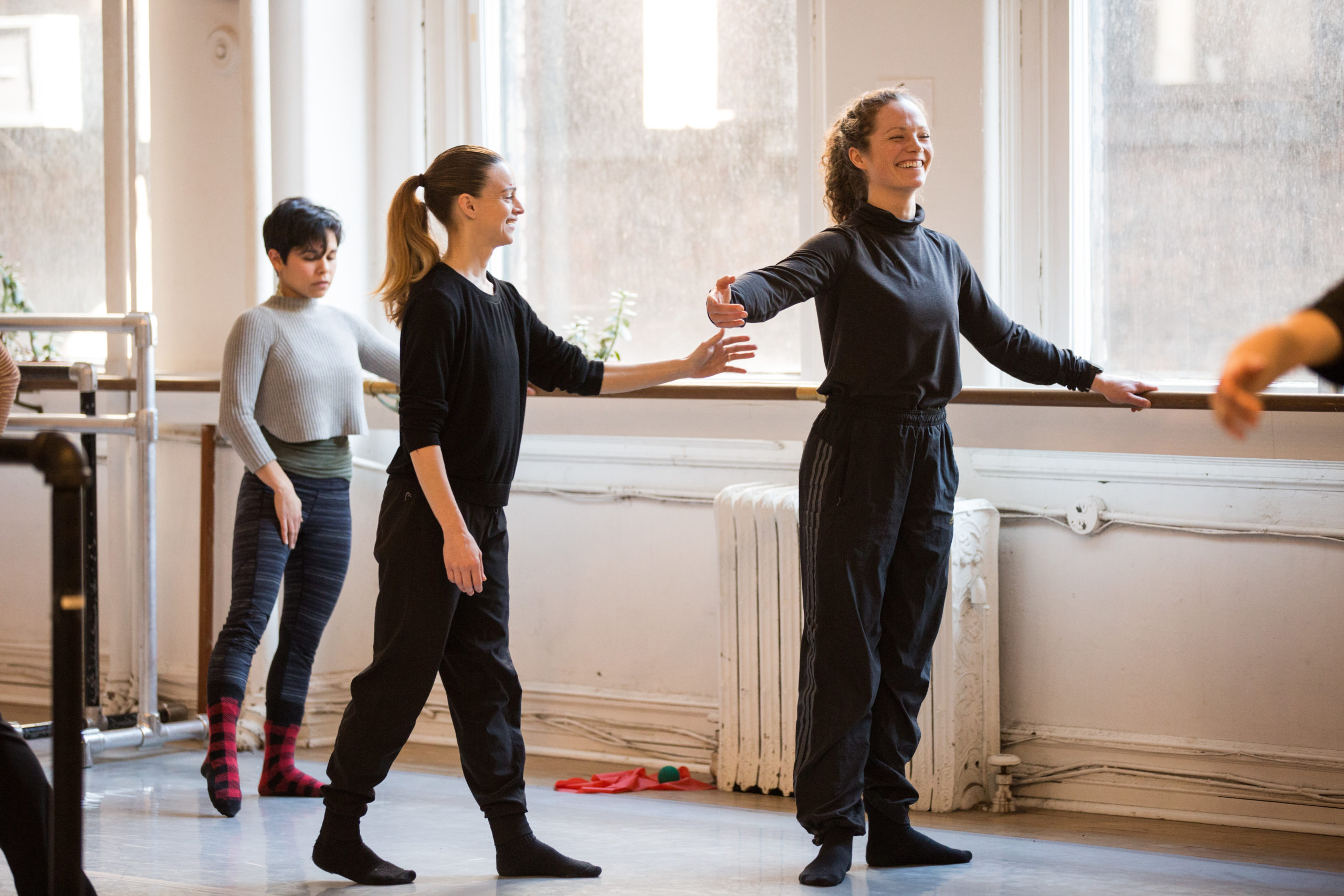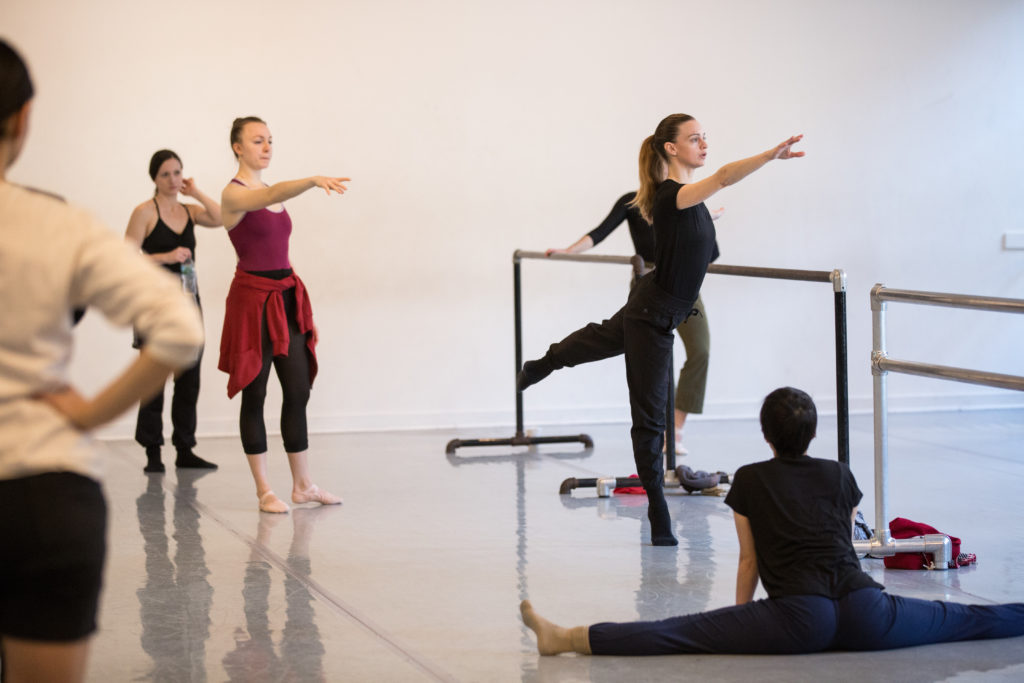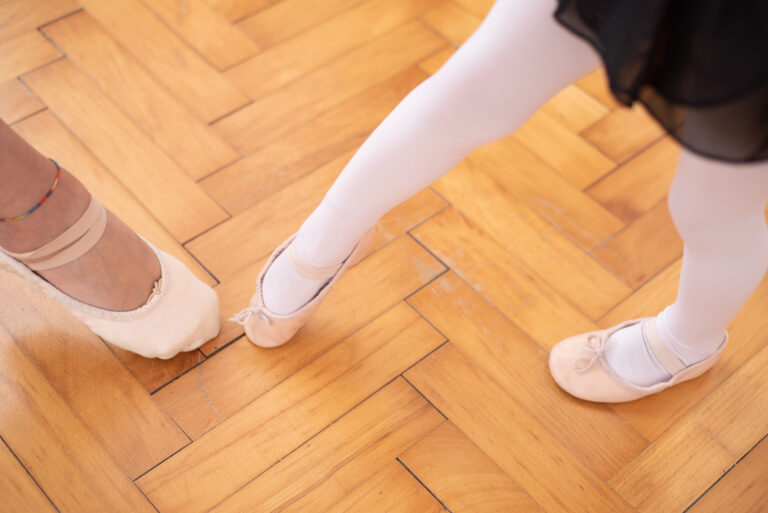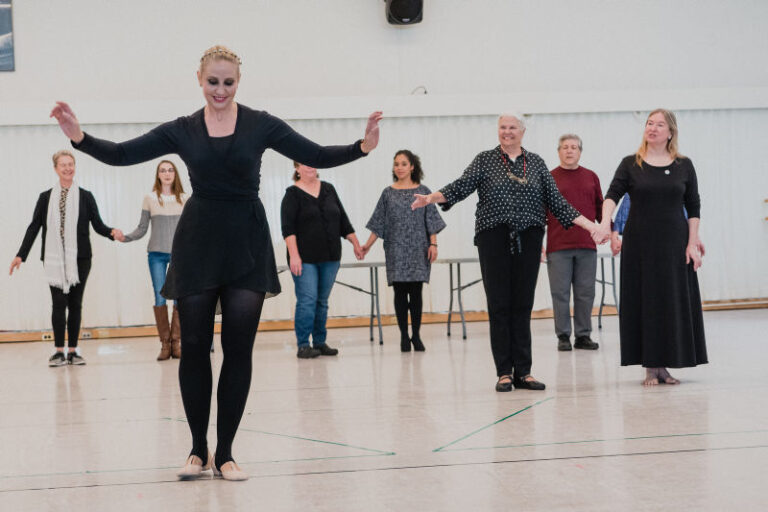
It’s not uncommon for students to overly engage their muscles via clenching, tensing and gripping when they’re attempting something new or challenging. But if this habit is left unaddressed, dancers run the risk of experiencing increased fatigue, developing inefficient movement habits and even being more prone to injury.
Helping dancers find the sweet spot between fatigue-inducing tension and efficient engagement of the muscles for the task at hand can be tricky. But bringing this concept to the forefront of your teaching practice can make a huge difference. Try these five tips from ballet teacher Sharon Milanese.
Draw Students’ Attention to Areas of Clenching
Point out the areas where students tend to hold unnecessary tension. Frequent verbal reminders are helpful, but it can sometimes be even more effective to give a hands-on correction. “Tactile cues are definitely helpful for students to notice that they’re doing it,” says Milanese. A gentle hand to the back or tap on the leg can be a quick and easy reminder. Just make sure your students are OK with that kind of feedback.
To help students take ownership of their own habits, teach them to notice when they’re tensing, whether it’s clenching the jaw, stiffening up in the back or something else. “Remind them to check in with that space,” says Milanese. “When something is not working, are they doing that thing again?” Over time they’ll get to a place where they can and will self-correct.

Be Intentional About Language
Milanese recommends looking at some of the words you use to instruct students to engage their muscles. “One word that kills me: ‘squeeze,’” she says, recommending the word “engage” instead. “It’s a subtle thing that they pick up, but it makes a big difference.”
“Placement,” as Milanese points out, is another word that can subtly encourage students to grip. “It’s a really static word, as opposed to a dynamic word that facilitates more breath, movement and freedom,” she says. “One never arrives at the perfect place, but constantly plays with and feels the act of balancing their body, which changes moment to moment.”
Try swapping in dynamic language like “Feel your feet on the floor” and “Find the rotation in your hips” for a phrase like “Turn your legs out.” Encourage students to embody the words that they hear.
Incorporate Somatics
Somatic practices like the Alexander Technique, the Feldenkrais Method, Body-Mind Centering and Laban Movement Analysis can offer helpful approaches to muscle engagement. Milanese, whose experience as a Pilates instructor informs her ballet teaching, likes to start class with a full body scan to allow dancers to connect with their internal landscape. It starts class on a more relaxed and mindful note and allows students to tune in to the areas where they may have a tendency to tense up.

Use Clever Images
The right image can prompt a student to release tension they’ve been holding, or to move with more freedom. One that Milanese likes is the diaphragm as a jellyfish. “It has this undulating quality from the inside,” she says. “There is a feeling of softness and suppleness.” She has also been sharing the idea of listening or feeling with all the pores of the skin. “It has been allowing students to find a broad connection to space, while also maintaining a sense of ease in their joints and soft tissues,” she says.
Come Back to the Breath
Above all, remind students to breathe. It may seem like a given, but dancers have an inclination to hold their breath when muscling through a challenging task. The breath nourishes the muscles and helps release unnecessary tension, so it will be your students’ MVP as they strive for relaxed, efficient dancing.




